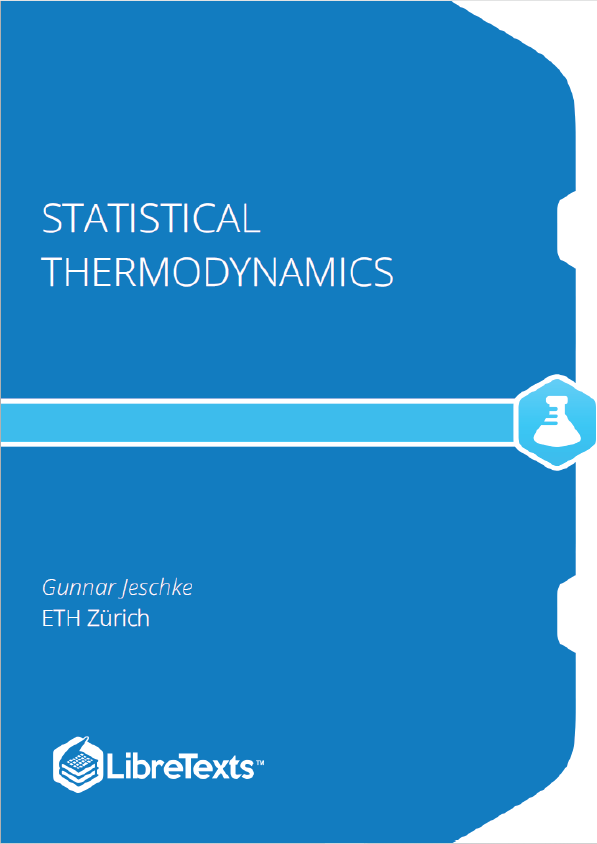Thermodynamics Based on Statistical Mechanics
Phenomenological thermodynamics describes relations between observable quantities that characterize macroscopic material objects. We know that these objects consist of a large number of small particles, molecules or atoms, and, for all we know, these small particles adhere to the laws of quantum mechanics and often in good approximation to the laws of Newtonian mechanics. Statistical mechanics is the theory that explains macroscopic properties, not only thermodynamic state functions, by applying probability theory to the mechanic equations of motion for a large ensemble of systems of particles. In this lecture course we are concerned with the part of statistical mechanics that relates to phenomenological thermodynamics.
In spite of its name, phenomenological (equilibrium) thermodynamics is essentially a static theory that provides an observational, macroscopic description of matter. The underlying mechanical description is dynamical and microscopic, but it is observational only for systems consisting of a small number of particles. To see this, we consider a system of identical classical point particles that adhere to Newton’s equations of motion.
The concept extends easily to atoms with different masses . If we could, at any instant, precisely measure all dynamical coordinates, i.e., spatial coordinates and velocities, we could precisely predict the future trajectory. The system as described by the Newtonian equations of motions behaves deterministically.
For any system that humans can see and handle directly, i.e., without complicated technical devices, the number of particles is too large (at least of the order of ) for such complete measurements to be possible. Furthermore, for such large systems even tiny measurement errors would make the trajectory prediction useless after a rather short time. In fact, atoms are quantum objects and the measurements are subject to the Heisenberg uncertainty principle, and even the small uncertainty introduced by that would make a deterministic description futile.
We can only hope for a theory that describes what we can observe. The number of observational states or macrostates that can be distinguished by the observer is much smaller than the number of dynamical states. Two classical systems in the same dynamical state are necessarily also in the same observational state, but the converse is not generally true. Furthermore, the observational state also evolves with time, but we have no equations of motion for this state (but see Section [Liouville]). In fact we cannot have deterministic equations of motion for the observational state of an individual system, precisely because the same observational state may correspond to different dynamical states that will follow different trajectories.











